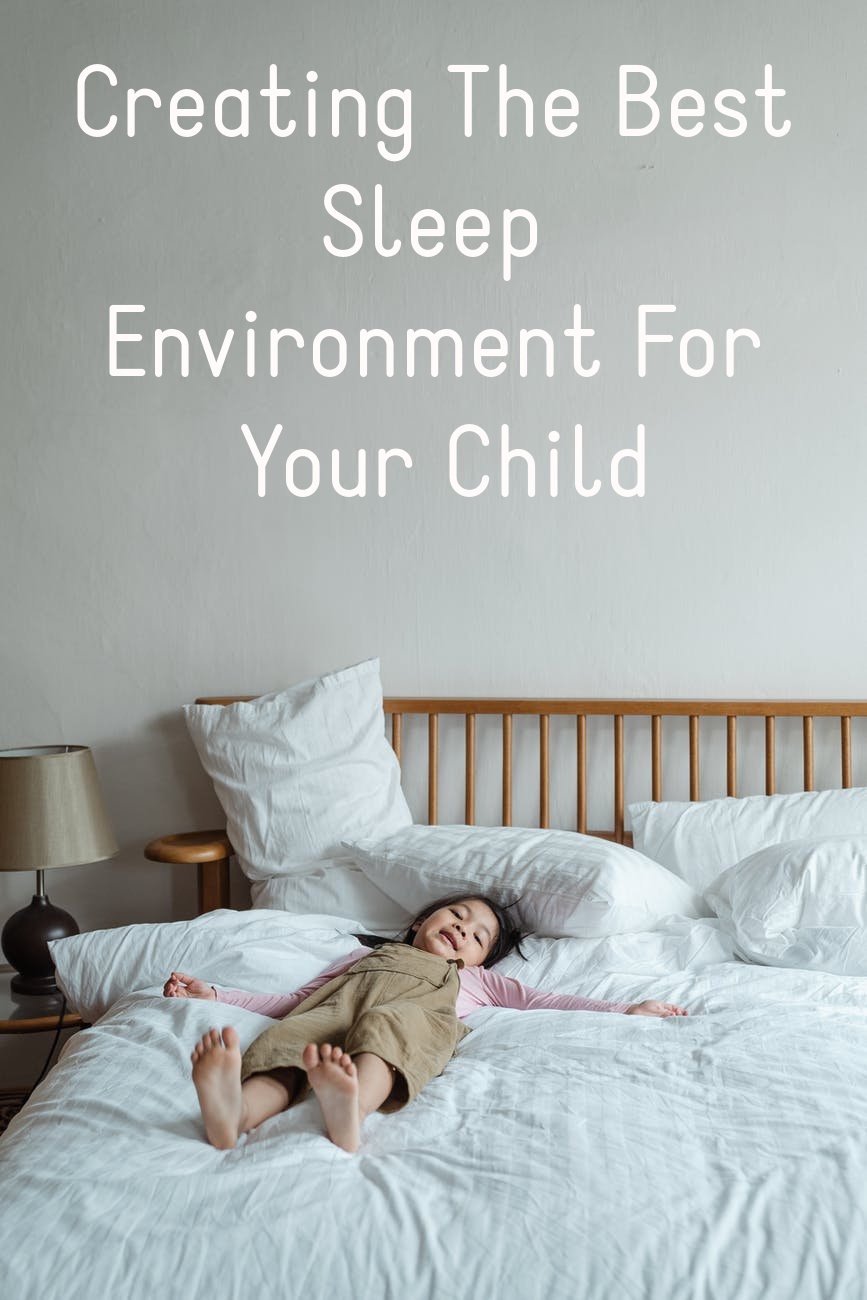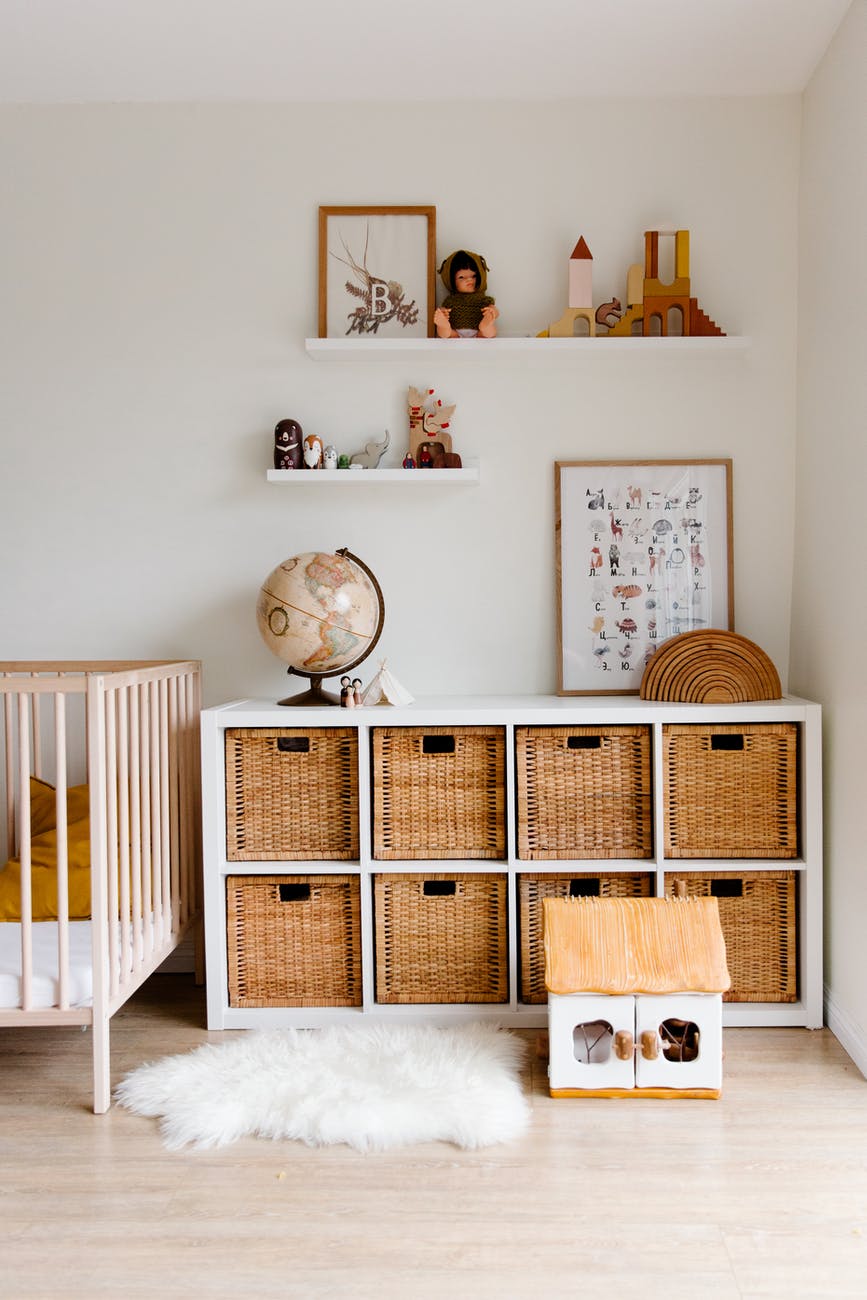Bedtime can be a tricky issue for lots of parents and is often viewed as a battle of wills. Children can cry, moan, bargain, and often try to come up with any excuse to delay putting their head on the pillow, but one of our main responsibilities as parents is to ensure our children get the sleep they need to grow, learn, and thrive.
If you are struggling to get your child to stay in bed and not sneak into your bed at night? Or are concerned about the quality of sleep they are getting? If so, then it may be time for a new strategy. A great place to start is their sleep environment, i.e., their bedroom.

Photo by Ketut Subiyanto from Pexels
Here are some tips to help you create the best sleep environment for your child:
Provide high-quality bedding: If your child is sleeping on a poor-quality mattress and pillows, they may struggle to get comfortable and may wake up several times in the night.
When you choose a perfect mattress, it will help provide comfortable support throughout the night, and pillows that keep the head aligned with the spine can also reduce discomfort. In addition, you may not realize that some mattresses contain chemicals that can be toxic to us.
Investing in an affordable nontoxic mattress, pillows, silk pillowcases, and bedding that do not irritate their breathing or cause them to overheat could make a huge difference to your child’s sleep quality
Also, you may not realize that some mattresses contain chemicals that can be toxic to us. Investing in an affordable nontoxic mattress, pillows, and bedding that do not irritate their breathing or cause them to overheat could make a huge difference to your child’s sleep quality.
Remove clutter from the room: It is well known that a messy and cluttered room can make relaxation difficult for adults, and it is just the same for children.
If your child’s bedroom is full of disorganized toys and clothes, the child will be stimulated and tempted to play. Try to get your child into a habit of tidying up toys in the evening as you are starting to wind down towards bedtime as it will instill a sense of responsibility and routine.

Photo by Tatiana Syrikova from Pexels
Regulate the room’s temperature: Children will struggle to sleep in a room that is too hot or cold, so you may want to invest in a thermostat for their room or the upstairs of the home.
A cool room of approximately 65 F is typically recommended as our body temperature naturally drops during the night, supporting our natural sleep cycle.
Try to minimize the light in the room: A lot of children will ask for some level of light in their bedroom because they are afraid of the dark, but too much light can cause problems with their quality of sleep.
If the room is too light, the body will not produce as much melatonin, which is the hormone that induces sleep. This is also why children should not be using screens with blue light in the hour before they go to bed. A dim night light should provide enough light to allay their fears but negatively impact their sleep.

Photo by Sam K from Pexels
Make bedtime a calm and positive experience: Ideally, bedtime should be a calming and positive experience. Try to avoid sending the child to bed as a punishment for bad behavior as they will start to associate bedtime with negativity.
You may want to introduce a relaxing activity into your routines, such as a soothing bedtime story, breathing exercises, and time for the two of you to talk about your day.
This will also give your child the opportunity to ask you questions, talk about any worries, and make sense of their experiences that day, which will help them to unwind.